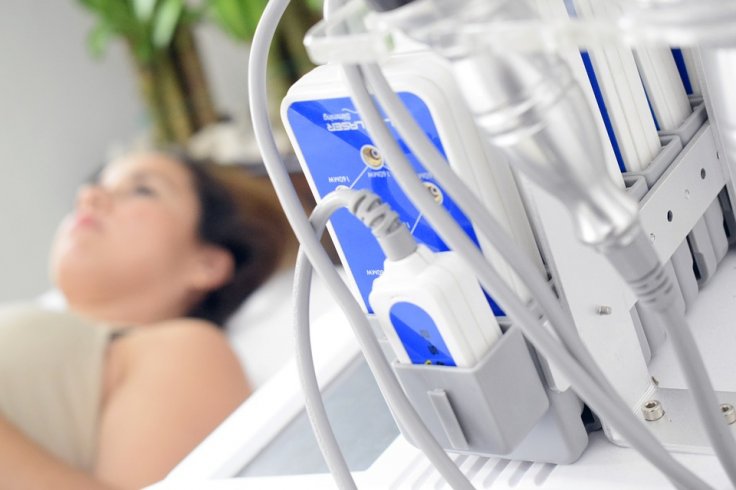
A hospital in the US ended up losing stem cells harvested from the blood of about 56 child cancer patients owing to freezer malfunctioning, officials confirmed.
The stem cells, harvested from patients at Children's Hospital Los Angeles (CHLA), were lost as the freezer in which they were put in for long-term storage stopped functioning.
"The freezer's sensors failed and the notification process failed... and so we lost those specimens," CHLA's Chief Medical Officer Dr. James Stein said, confirming the loss of stem cells has not jeopardized any of the children's health.
Sean Anderson Corona, a 13-year-old patient, who mistakenly got the letter addressed to his parents regarding the incident, described the news as "painful".
"I got almost to the very bottom of the letter and just started crying," said the patient, who underwent stem cell therapy – a gruelling process that requires the patient to be hooked up to machines for hours -- after being diagnosed with Stage 4 Neuroblastoma.
"I would try to sleep and my body would just start shaking, and then I would start crying," described the now-cancer free boy.
His mother, however, fears that it would now be difficult to harvest stem cells from his blood if his cancer reappears. "That's how damaging chemo is or the radiation alone, and it is the same with the stem cells as well. He doesn't have an option to just collect more," Elizabeth Anderson, Corona's mother, explained.
"We are very sorry that this loss occurred," a statement by the hospital read, adding that patients can always have the stem cells harvested again.
The hospital has in the aftermath of the incident "replaced the freezer that malfunctioned, upgraded sensor monitoring and alert system, double-checked all power supply sources and increased the maintenance schedule" to avoid any such incident in the future.
Stem cells can serve as an internal repair system and can be divided to replenish other cells in humans.









